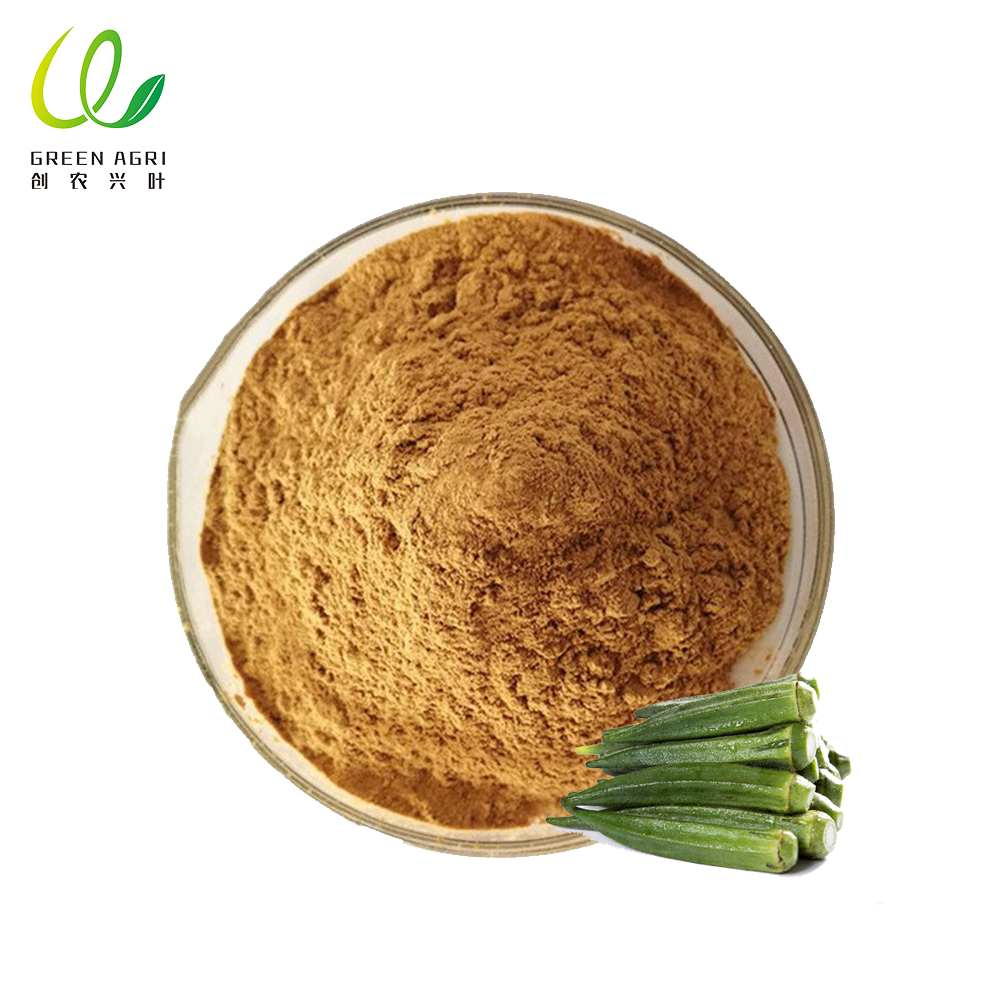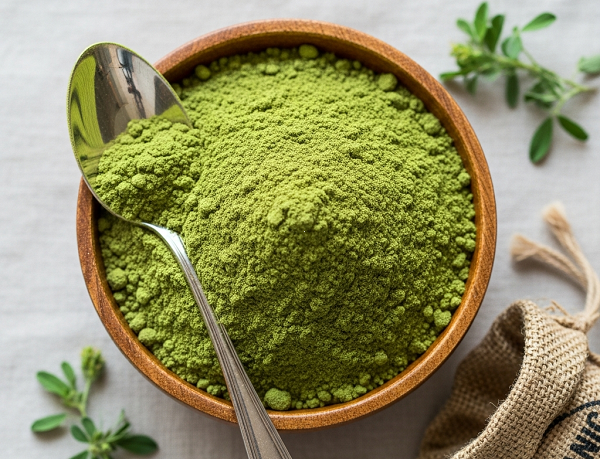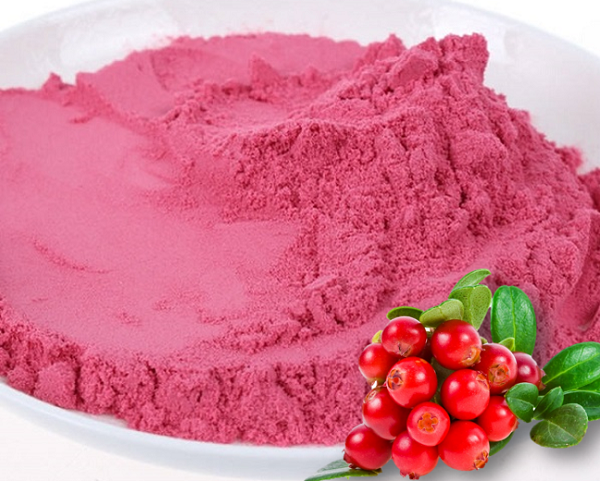Follow Us:
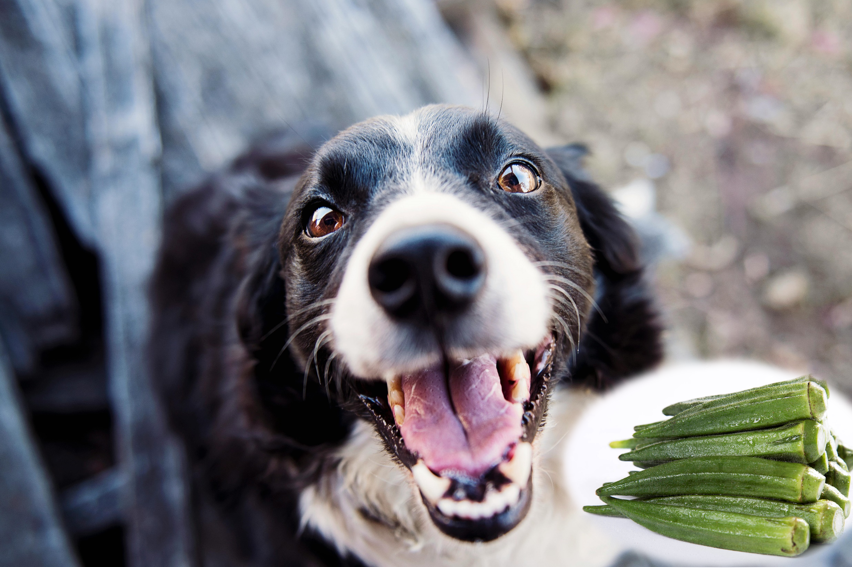
Can Dogs Eat Okra?
Yes, dogs can eat okra, and it can be a healthy addition to their diet when prepared correctly. However, it’s crucial to understand the benefits and potential risks associated with feeding this vegetable to your dog.
We often seek to provide our furry friends with the best nutrition possible. We want to share our meals, but not all human foods are safe for dogs. As a pet food ingredient supplier, in this blog, we’ll explore whether dogs can eat okra, its nutritional benefits, potential risks, and how to safely incorporate it into your dog’s diet.
What is Okra?
Okra, also known as lady’s finger or gumbo, is a flowering plant that produces edible green seed pods. It’s popular in various cuisines, especially in Southern U.S. dishes, and is known for its unique texture and flavor. Packed with nutrients, okra is not only a staple in human diets but can also be beneficial for dogs.
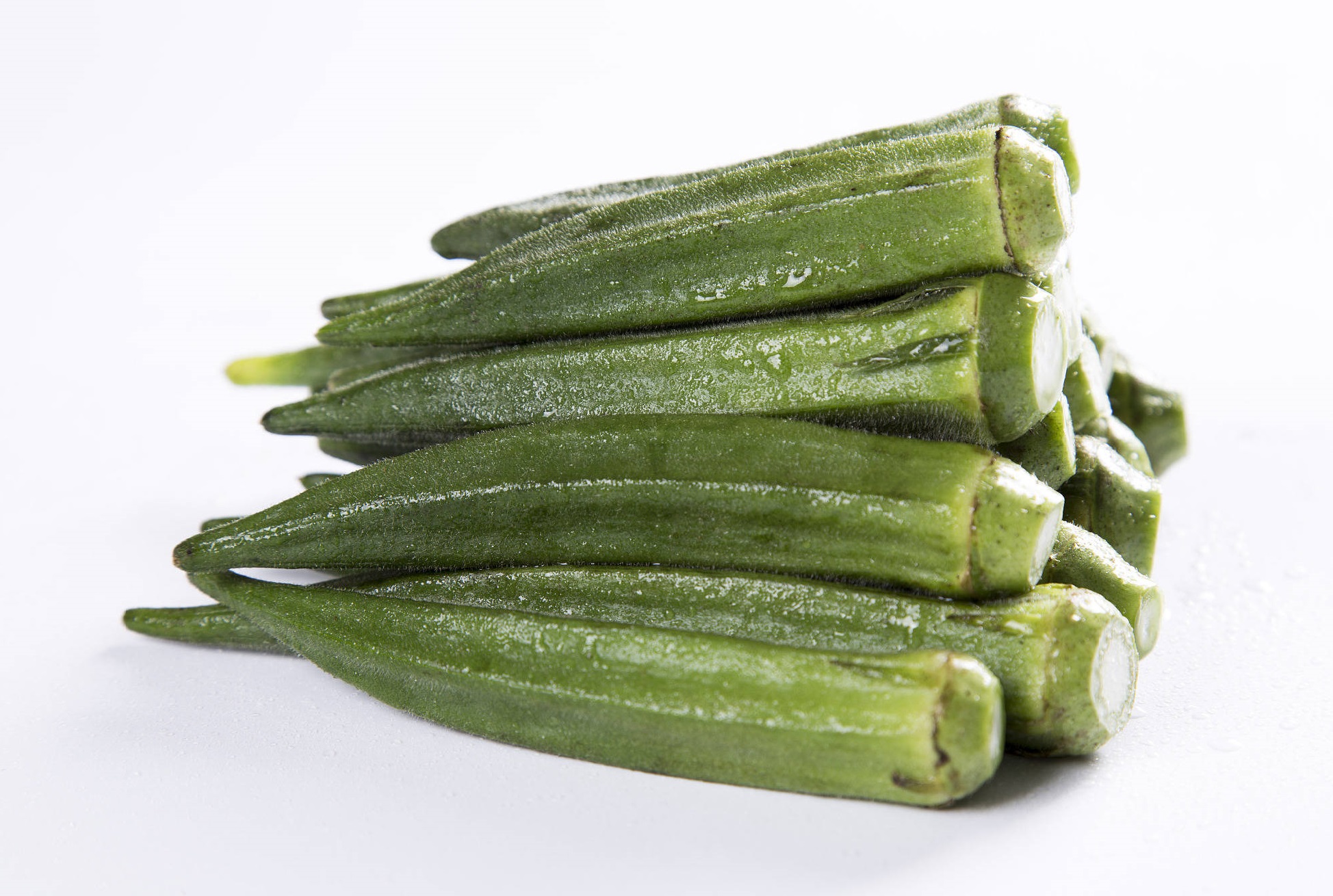
Nutritional Benefits of Okra for Dogs
Rich in Vitamins: Okra is loaded with essential vitamins such as A, C, and K. Vitamin A supports eye health, while Vitamin C boosts the immune system. Vitamin K plays a critical role in blood clotting.
High in Fiber: Okra is an excellent source of dietary fiber, which can aid in digestion. Fiber helps regulate bowel movements and can alleviate issues like constipation.
Low in Calories: For dogs that need to maintain a healthy weight, okra is a low-calorie snack that can be enjoyed without guilt.
Hydration: Okra has a high water content, which can help keep your dog hydrated, especially in hot weather.
Potential Risks of Feeding Okra to Dogs
While okra has numerous benefits, it’s essential to be aware of potential risks:
- Gastrointestinal Issues: Some dogs may experience digestive upset if they eat too much okra. Signs of digestive distress include vomiting, diarrhea, and abdominal discomfort.
- Oxalates: Okra contains oxalates, which can interfere with calcium absorption. While moderate consumption is generally safe, dogs prone to kidney stones should avoid high-oxalate foods.
- Allergic Reactions: As with any new food, there is a chance that your dog could have an allergic reaction to okra. Symptoms might include itching, swelling, or gastrointestinal upset.
- Preparation Matters: Fried or heavily seasoned okra is not suitable for dogs. Always serve okra steamed or boiled without harmful additives.
How to Prepare Okra for Dogs
If you decide to introduce okra to your dog’s diet, proper preparation is crucial. Here are some tips:
- Wash Thoroughly: Before cooking, wash okra to remove any dirt, pesticides, or chemicals.
- Cook Simply: Steam or boil the okra without adding salt, oil, or spices. Cooking helps make it easier for your dog to digest.
- Cut into Small Pieces: Slice the okra into small, bite-sized pieces to avoid choking hazards, especially for small breeds.
- Serve in Moderation: Start with a small amount and monitor your dog’s reaction. You can gradually increase the quantity if your dog enjoys it and shows no adverse effects.

How Much Okra Can Dogs Eat?
When introducing okra to your dog’s diet, moderation is key. A general guideline is to limit treats to about 10% of your dog’s daily caloric intake. For example, if your dog requires 500 calories per day, you could offer them around 50 calories worth of treats, which might equate to a few pieces of okra.
Signs of Adverse Reactions to Okra in Dogs
After introducing okra, watch for any signs of digestive upset or allergic reactions, including: vomiting, diarrhea, lethargy, changes in appetite. If you notice any of these symptoms, discontinue feeding okra and consult your veterinarian.
Tips for Introducing New Foods to Your Dog
When introducing any new food, including okra, follow these guidelines:
- Start Small: Begin with a small amount to see how your dog reacts. If there are no adverse effects, you can gradually increase the portion.
- Monitor for Allergies: Watch for signs of allergies or sensitivities, such as itching, swelling, or gastrointestinal distress.
- Balance the Diet: Ensure that any treats, including okra, do not exceed the recommended caloric intake for your dog. Maintain a balanced diet that meets their nutritional needs.
- Consult Your Veterinarian: If you’re unsure about feeding your dog okra or any new food, consult your veterinarian for personalized advice.
Where Can I Buy Okra?
GREEN AGRI is a manufacturer of plant extracts with 20 years of experience. We specialize in producing a wide range of high-quality fruit and vegetable powders. Just send an email to info@greenagribio.com to get your bulk okra powder.
Wholesale Okra Powder
Okra powder is rich in vitamins A, C, and K. Product Name: Okra powder Other Name: Okra flour, lady’s finger powder Appearance: Brown powder In Stock: 100Kg-5000Kg Advantages: US Warehouse Standard: Enterprise Standard Package: 25Kg/Drum or Custom Required Application: Pet food Inspected and tested by an international lab before each shipment
Common Questions About Dogs and Okra
Can puppies eat okra?
Yes, puppies can eat okra, but it’s best to introduce it once they are old enough to consume solid food. Ensure that the okra is prepared simply and offered in small amounts.
Is okra safe for dogs with diabetes?
Okra is low in carbohydrates and has a low glycemic index, making it a suitable vegetable for dogs with diabetes. However, always consult your vet for tailored advice.
What if my dog doesn’t like okra?
Not all dogs will enjoy the taste of okra, and that’s perfectly normal. If your dog turns its nose up at it, try offering other vegetables that might be more appealing.
Conclusion
In conclusion, dogs can safely eat okra in moderation, provided it is prepared correctly and free from harmful additives. This nutritious vegetable can provide a variety of health benefits, from vitamins to fiber, while being a low-calorie snack. As with any new addition to your dog’s diet, always monitor for adverse reactions and consult your veterinarian if you have any concerns.













